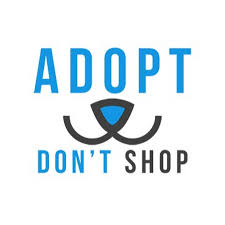Proposal
Animal Rights
Should humans take responsibility for every species we’ve affected, even invasive ones?
The question of whether humans should take responsibility for every species we’ve affected touches on ecology, ethics,...
15 Arguments
127 Votes
16 Discussions








